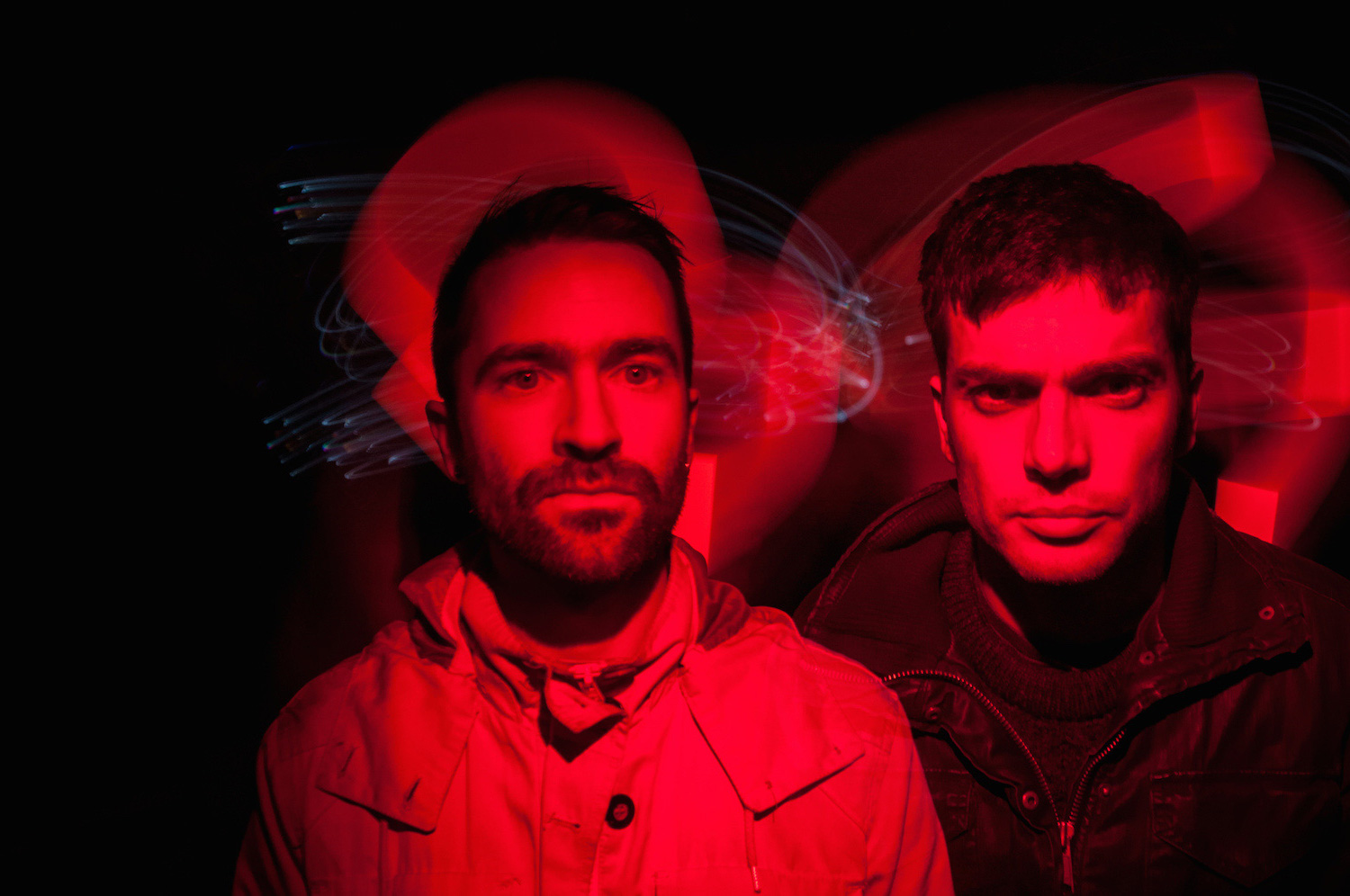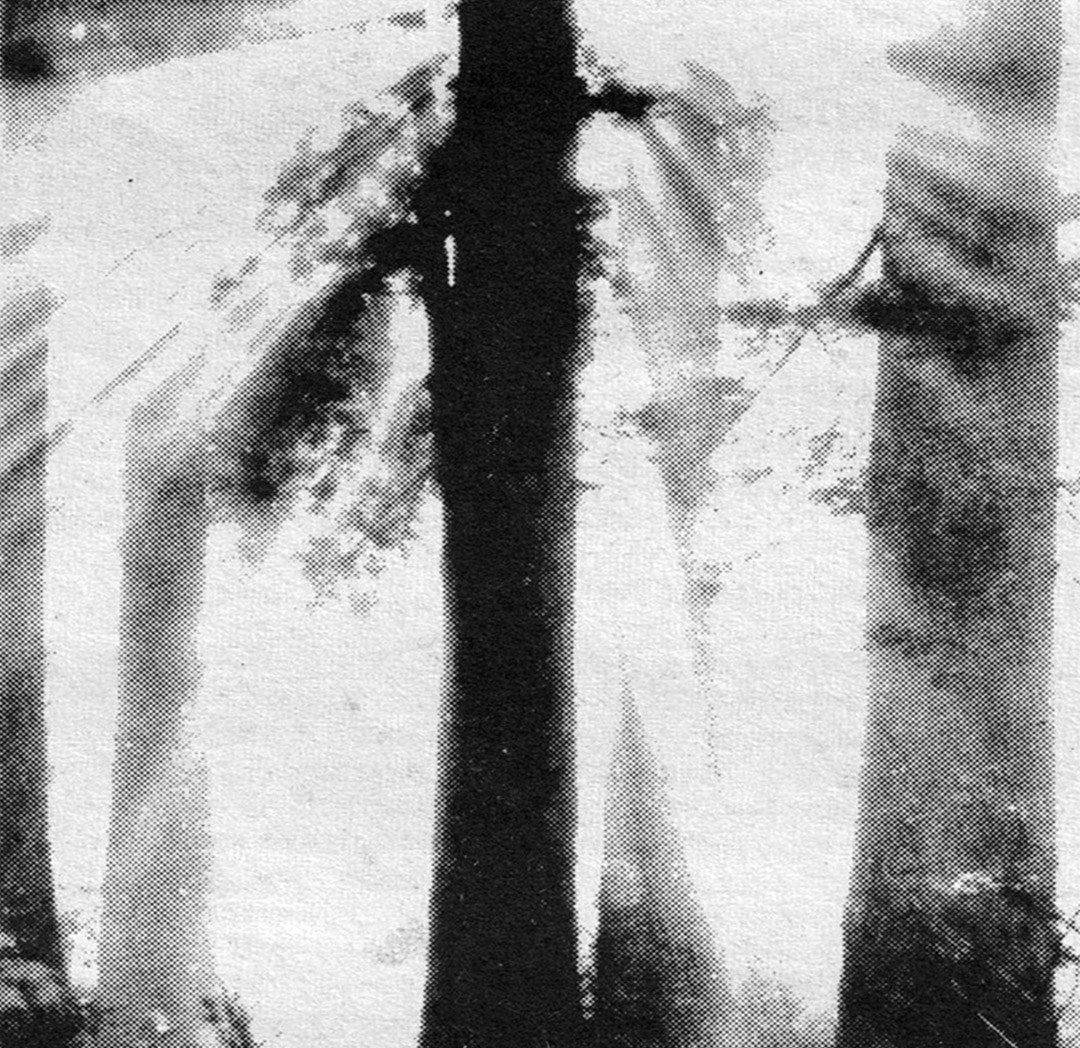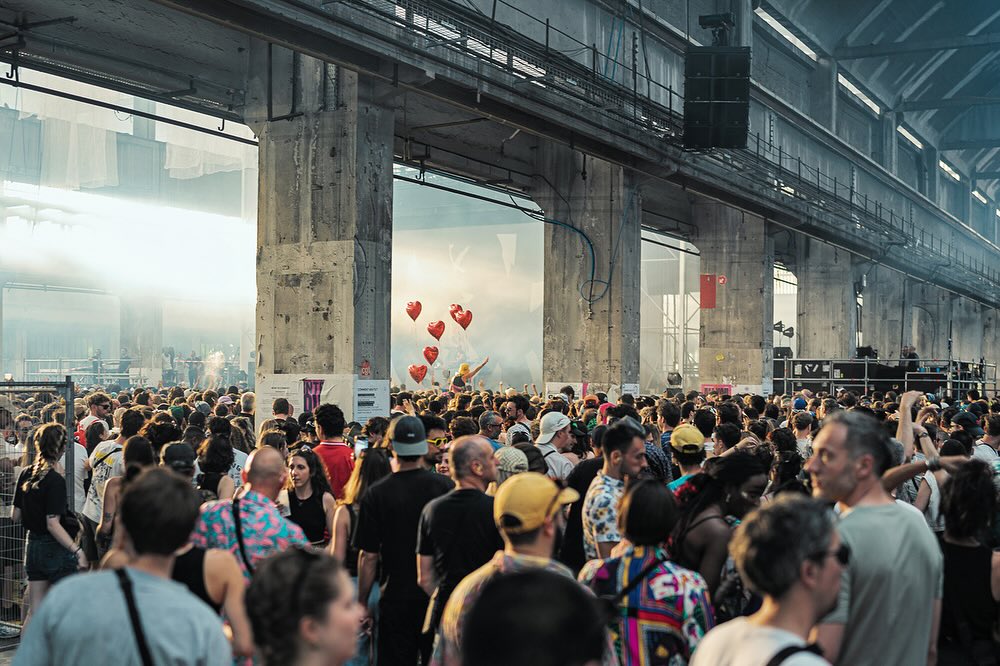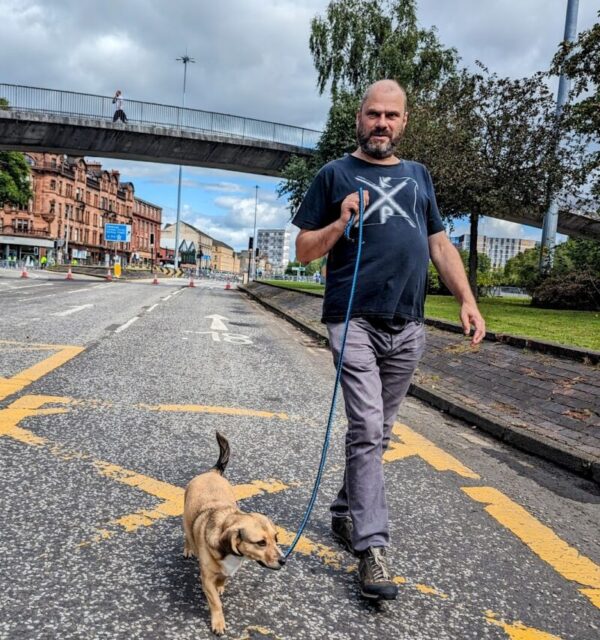Dams, Gates And Pole Vaults: Lakker Talk

Following on from 'Tundra', last years successful release on R&S, techno and found sound duo Lakker were asked to work with the The Netherlands Institute for Sound and Vision archive to create a new conceptual work solely sampling field recording, TV and radio broadcasts. Commisioned to capture the complex relationship between the Dutch and the water that surrounds them, the band ventured on a tour around the Netherlands, meeting leading academic experts in the field. From the world’s premier flood defense department at TU Delft, to a professor of amphibious culture at the Free University of Amsterdam, to art historians and specialists on the ground. Featuring broadcasts from the flood of 1953, which claimed over 1,800 lives and a radio broadcast the day after the Nazis inundated the Wieringermeer Polder in 1945, the album was produced from a myriad of audio and video samples which the lads crafted into their new work.
Ian from the band shared some time to tell us the story.
How did you become involved with the RE:VIVE Initiative?
We weren’t aware of them before, we were like guinea pigs really. It was a brand new initiative, the guys at the Dutch archive were sat on gigs and gigs of both audio and video material, and they wanted to get artists involved in using this archive. They heard our album “Tundra” from last year, and one of the guys had seen as Atonal Festival in Berlin last year, really like the way we worked with found sound and field recordings. So it was a few days doing a residency in the archive and from that we’d produce a record.
Was the subject matter given to you or did you look through the archives yourselves and choose this?
There was a couple of topics and that was one of them. The archive is so massive, but this was something that Dara (the other half of Lakker) in particular was interested in. When they first sent us some of the initial samples, the sounds were really interesting, like the sound of this machinery that was used to open & close dams, sounds of water and these recordings which date back to the Fifties, recorded with different mic’s so you get these details, these different sonics. And the visuals too, we are doing a live audio visual show off the back of this, so Dara took that video footage. It all just seemed to click and work. The main archivist there, Harry, just kept feeding us samples all the time saying “this might be interesting, and this”, to the point where there was too much and we just had to narrow it down to the sounds that were the most useful. If we wanted something particular, we would ask for some metallic, percussive sounding stuff and they’d go off to the archive and find us some.
Like a massive Native Instruments sample pack of found sounds that no one else had…
Exactly. Dara described it as like digging in the biggest record shop in the world, the potential of the sounds there. We only used a minuscule amount of what’s there, and RE:VIVE are now gonna bring artists in regularly and do a residency and create more from this archive. It’s the history and the story behind those sounds which give it a real context and an emotional weight to the sounds. You hear these stories, these people who had suffered because of the floods and you can write the songs and music with that context in you. Not consciously, but you absorb this information and it just filters out.
So how much did you know about this history, the Dutch battle with water, before you began this?
I knew nothing about it, you know we’ve been to Amsterdam to do shows and holidays, but there is this massive ongoing struggle. They are below sea-level, so it’s both floods and rising ground water. A massive industrial operation with these huge pumps that are just working continually, if these pumps break the country floods. It’s fucking insane! So a lot of time doing the residency was just about understanding the context, learning and meeting people who had worked with the struts, the dams and the flood protection, and meeting artists who had done projects like this before. Academics who had written papers of this history as well, it was pretty full on. I don’t think either of us new what the residency would throw up, because it was the first time this had happened. Just thrown in the deep end to get all this context about a story we knew nothing about. We’d never done anything like this before, interviewing people and being guided, it was challenging collating this information which was not just about music. To get all this information to bring it back into a piece of music and a piece of music that people want to listen to. People who don’t care about the topic, ultimately it’s a record on R&S Records. How do we be authentic about the theme and the processes we’ve been through and still write a good record, that was the challenge.

So how long did you spend in The Netherlands?
Initially about four days doing the residency, but we’ve been back since. They are doing a documentary about this also, so went back and did some after the facts, after we’d done the tracks to break them down and show what we did with the sounds, analyse them. About a week in total, then a couple of months in the studio and completing the actual record.
The album starts off very intense, very strong especially with the “Maeslantskering Gating” track. You can imagine the man power involved and then it seems to soften and become more restrained, even relaxed, as if the struggle with the water is being contained. I guess that tells the story?
It is yes. For me you could almost listen to the album backwards too, and the album title is based around that struggle, but the human will always emerge. Man versus the power of water, the ocean, it’s a pretty bloody massive struggle!
How much work did you have to put in to making the sounds into something you could use in a techno record, how true are they to the original source?
There’s a mixture of both. Initially we thought we would just use the raw sounds and be as creative as possible with those, but that didn’t really work, we had to edit them, especially for creating things like kick sounds. But others were used just as they are, there’s like a drone sound which I think came from footage of a helicopter flying over a flood, which we maybe would add a little reverb, just to nudge it a bit. The limitation and the constraints that following a project like this brings is very rewarding as an artist. It’s not something we’d ever sit down and consider doing, but it feels like a progression from our last album. It’s a way of working that I’d like to carry forward into future productions, really narrowing the blank slate down and refining the sounds that you have, and having to create something from them.
And more work with found sound and field recordings?
There’s loads of layers in the sound when you are out recording. There’ll be a hum or a hiss or the wind, and in the background a bird singing a mile down the road that maybe you didn’t notice when you were recording, until you get it back to a studio. You are capturing a moment in time, like a picture or a snapshot. There’s almost like an emotional quality. When you may have a conversation in the background on a street recording, there’s layers of humanity or emotion that you can’t get from purely synthesised music. The story off stage could be the most interesting thing.
It’s quite rightly a very austere project, but were there any lighter moments whilst doing this project and being in The Netherlands?
Haha, yeah. There’s a track on the album called “Fierljeppen”, which is something Dara picked up on. It’s a national sport of canal-vaulting, it’s like, OK we have problems with water and flooding and we have to get from here to there. It’s something very functional that’s become a sport and there’s footage of these guys clambering up poles, and having endurance tests and relays. Bizarre and funny.
Lakker – Struggle & Emerge is released by R&S on 27th May 2016 and can be pre-ordered HERE. Follow Lakker on Facebook HERE. To find out more about RE:VIVE, and download sample packs look HERE.


















Must Reads
David Holmes – Humanity As An Act Of Resistance in three chapters
As a nation, the Irish have always had a profound relationship with the people of Palestine
Rotterdam – A City which Bounces Back
The Dutch city is in a state of constant revival
Going Remote.
Home swapping as a lifestyle choice
Trending track
Vels d’Èter
Glass Isle
Shop NowDreaming
Timothy Clerkin
Shop Now